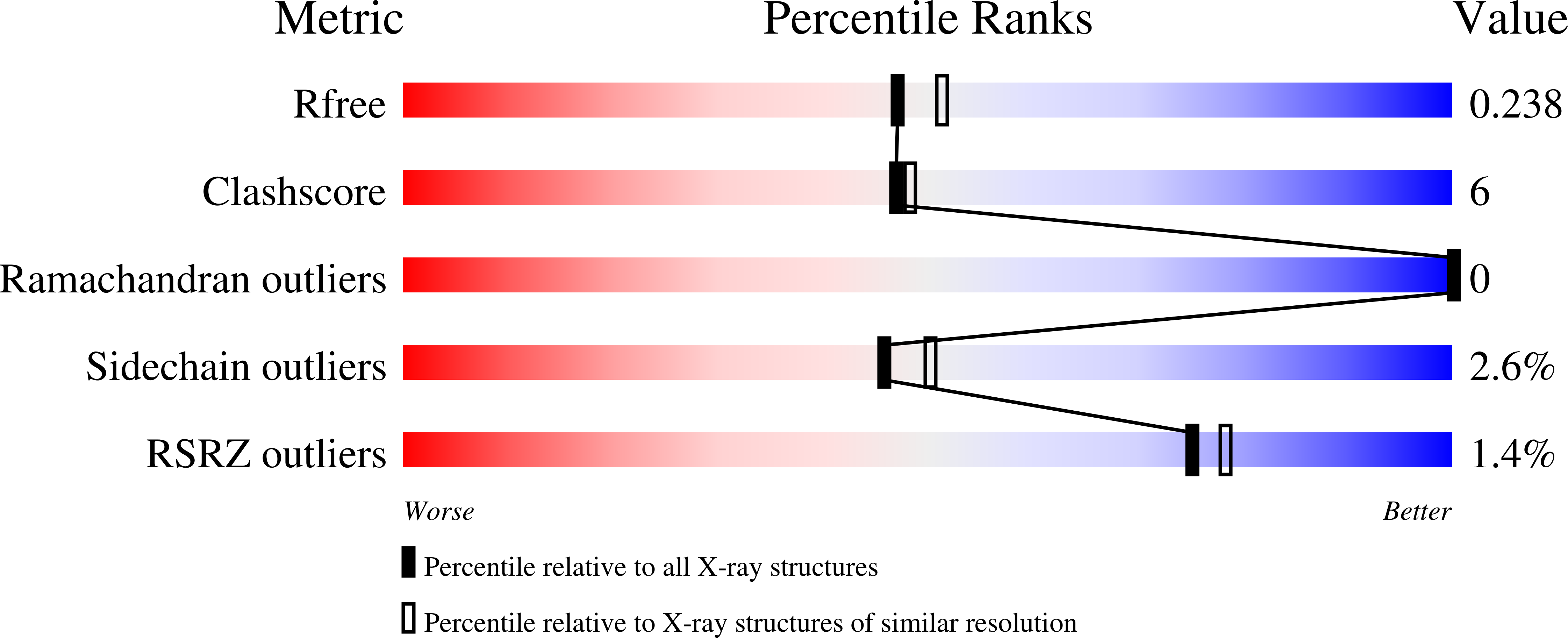
Deposition Date
2022-11-04
Release Date
2023-11-15
Last Version Date
2025-05-21
Entry Detail
PDB ID:
8BJP
Keywords:
Title:
The N288D mutant cytoplasmic PAS domain of Geobacillus thermodenitrificans histidine kinase CitA
Biological Source:
Source Organism:
Geobacillus thermodenitrificans (Taxon ID: 33940)
Host Organism:
Method Details:
Experimental Method:
Resolution:
2.10 Å
R-Value Free:
0.23
R-Value Work:
0.19
Space Group:
P 21 21 21


